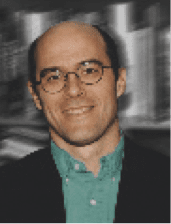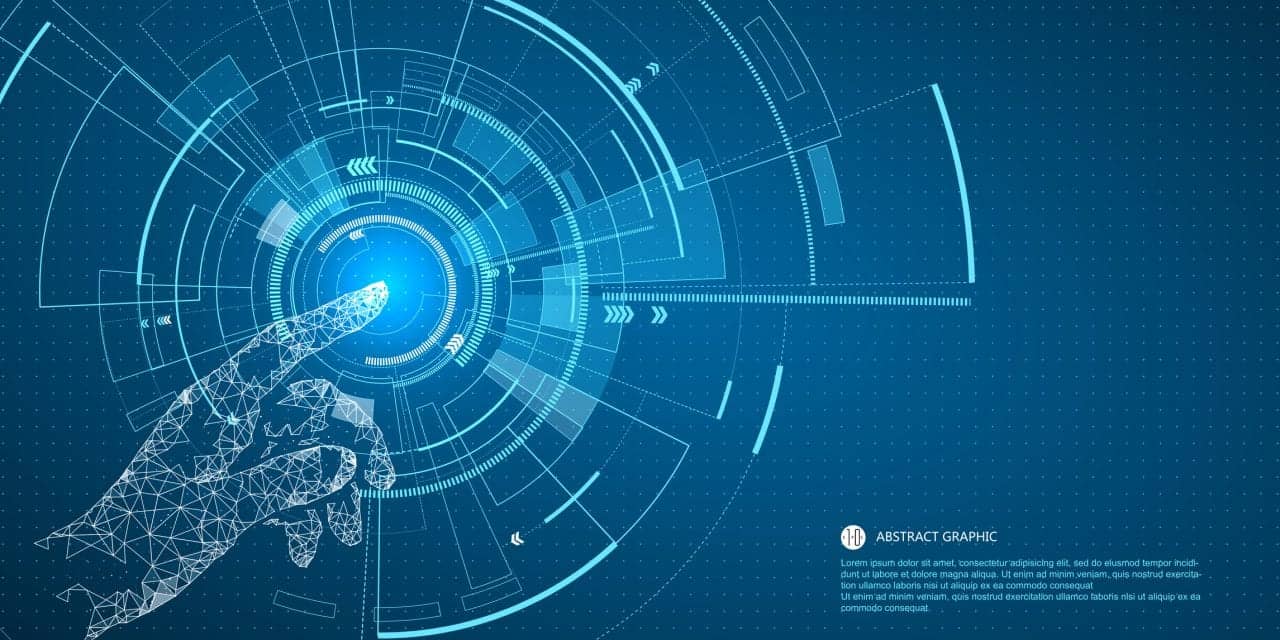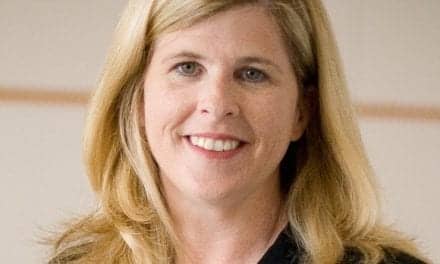Staff Standpoint | March 2019 Hearing Review
If you were in the hearing healthcare field during the 1970s and reading scientific articles by researchers like Harold Schuknecht and his colleagues, you’d probably be inclined to think that the field was well on its way to the differential diagnosis of hearing and balance disorders. That is, one might predict—even beyond the broader contexts of conductive, sensorineural, and mixed hearing loss—a clinician of the future would routinely be able to ascertain and indicate to the patient and referring physicians exactly what the lesion(s) in question were and their location. In fact, by the 21st Century, you might have even dreamt that there would be a matrices describing auditory pathology with percentages affixed to factors like hair cell loss, auditory structural inefficiencies, neural degeneration, central auditory processing problems, and/or cognitive function—along with corresponding treatment pathways.

There’s several good reasons for not having made grander leaps in differential diagnosis. The first is an obvious one: the ear is one of the most ridiculously difficult organs to study. It’s tiny and delicate, it’s very hard to observe with direct measurements, and it’s lodged right next to the brain and several extremely important nerves. Second, hearing loss has traditionally been the poor unwanted stepchild of disabilities, confined in a cupboard under the stairs with Harry Potter. Even in an age of political correctness, people still make jokes about hearing loss that would cause great offense if the subjects involved vision loss or mobility issues. Third is money. Scientific research into hearing loss has been primarily the industry’s responsibility, and industry has traditionally been focused on developing hearing devices, as opposed to developing tools that afford better insight into the etiology of a hearing problem. You can see the results, as we are now moving into some very interesting areas beyond traditional amplification: advanced signal processing (eg, noise reduction and frequency shifting algorithms), cochlear implants, bone-anchored devices, neural implants, tinnitus remediation, pharma, and auditory retraining tools. Previously, we really didn’t have a great need for differential diagnosis. From a clinical decision making standpoint, “You have a hearing loss” sufficed. Basic amplification was our hammer. And, as the saying goes, when all you have is a hammer everything looks like a nail.
So, it would seem reasonable to predict the dawning of a new era with a lot more researchers delving into the intricacies of how the ear functions (see Research on p 45), and a lot more corresponding tools being inserted into our audiological toolbox. An alarmist might guffaw, saying this new era couldn’t come soon enough, as over-the-counter (OTC) hearing aids bark at our heels! But, taken in a historical context, OTC should become a part of the toolbox (eg, OTC as an even older hammer). Skillfully applied advanced amplification, now 25+ years into the age of digital programmable hearing aids, is likely to play an outsized role in audiology and hearing healthcare throughout our lifetimes. But, as we increase our understanding of the auditory system and obtain corresponding solutions—whether through new signal processing algorithms, electronic wizardry, gene therapy, or pharmacological treatments—differential diagnosis will gain much greater importance. As James Jerger’s article on page 18 reminds us, there are some very interesting ways to understand the why of hearing loss, and it might help first to probe what is broken before we can be completely confident that a specific clinical treatment pathway will fix it!
Citation for this article: Strom KE. Toward differential diagnosis in adult hearing healthcare. Hearing Review. 2019;26(3):6.





